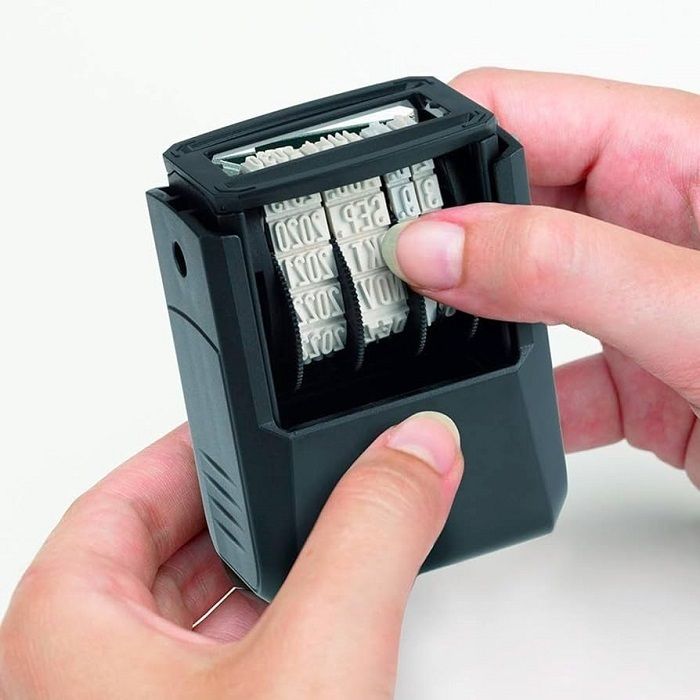How Can Mechanical Date Adjustment Stop Stamping Errors
Stamping accuracy is crucial to avoid costly mistakes. Misaligned dates can cause serious document confusion and create legal problems. Modern stamps include intricate mechanical systems that prevent these errors efficiently. Understanding how these systems work highlights why professionals trust them. This explanation explores the precision behind mechanical date adjustments. Let’s uncover the engineering that ensures flawless stamping every time.
Precision Engineering in Stamps
Mechanical date systems rely on finely tuned components to ensure alignment. Each wheel rotates with exact resistance to prevent slipping or skipping. The gears lock into position, maintaining the date in a fixed spot. This precision reduces the chance of misprints even under heavy use. Professionals value this because it saves time and reduces document errors. In essence, the engineering transforms simple stamps into reliable tools for busy offices.
Interlocking Mechanism for Accuracy
Date wheels in these systems are interlocked to prevent accidental shifts. When one-wheel moves, the others adjust in perfect synchrony. This avoids misalignment that can occur with manual adjustments. The interlocking ensures each digit is stamped exactly where intended. This mechanism is especially useful in high-volume document processing environments. It guarantees that every stamped date is consistent and professional.
Manual Control with Safety Stops
Many stamps feature manual controls with built-in safety stops for secure adjustment. These stops prevent accidental rotation beyond the intended date range. Users can rotate the wheels precisely, reducing errors caused by rushed adjustments. This feature adds a layer of reliability for sensitive documentation. Even untrained personnel can avoid mistakes due to its intuitive design. Overall, it combines human control with mechanical precision seamlessly.
Durable Materials for Consistent Performance
High-quality materials in Self Inking Stamp with Date systems reduce wear over time. Rubber, metal, and engineered plastics withstand repeated use without warping. Consistent performance ensures the date remains sharp and aligned on every impression. Office environments with heavy stamping benefit from these durable constructions. Longevity reduces maintenance costs and prevents frequent recalibration. The design balances strength with precision for dependable use.
Reduced Operator Error
Mechanical date systems inherently reduce human error during stamping. They guide users with tactile feedback to ensure correct positioning. The design prevents rushed or sloppy adjustments from causing misprints. Even in busy offices, consistency remains intact due to mechanical reliability. Staff confidence increases knowing the stamp performs flawlessly every time. These systems demonstrate how engineering directly improves operational accuracy.
Conclusion
Mechanical date adjustment systems combine engineering, durability, and user-friendly design. Misprints and misalignments are minimized through precise interlocking mechanisms. Professionals rely on these stamps to maintain accuracy under pressure. From safety stops to robust materials, every detail ensures consistency. Understanding these systems highlights why they remain essential in modern offices. Accurate stamping is no longer a gamble but a mechanical guarantee.
